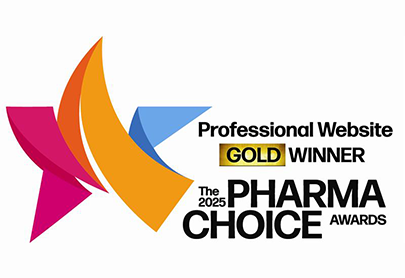POV
Understanding the Impact of the IRA on the Healthcare Market
 Source: freepik
Source: freepikThe Inflation Reduction Act (IRA) of 2022 marks a significant shift in healthcare policy, aiming to make medications more affordable for those on Medicare. This legislation is already reshaping the pharmaceutical industry, introducing measures like mandatory rebates and direct price negotiations that could affect everything from revenue streams to product launches.
With compressed brand life cycles and increased margin pressures, pharmaceutical companies must embrace commercial strategies that speed up brand success. Brands with well-defined omnichannel strategies, which combine data and analytics with a robust execution, can significantly improve their launch results.
Let’s delve into the specific amendments made by the IRA and explore their impact on today’s pharmaceutical brands.
IRA Changes Explained
The IRA introduces straightforward measures like capping insulin out-of-pocket costs at $35 and removing co-insurance for vaccines recommended by the Advisory Committee on Immunization Practices (ACIP). More complex provisions include:
Key Provisions and Their Implications:
- Drug Pricing Negotiation: Annually, the Centers for Medicare & Medicaid Services (CMS) will negotiate a "maximum fair price" (MFP) for certain drugs under Medicare Parts B and D.
Prices for drugs on the market between 9 to 16 years will be set at 75% of the Non-Federal Average Manufacturer Price (Non-FAMP) (the confidential average price paid to manufacturers by wholesalers for non-federal purchases). For drugs older than 16 years, the MFP will be 40% of Non-FAMP. Manufacturers must offer these negotiated prices either prospectively or retrospectively, as agreed with CMS. Manufacturers must offer these negotiated prices either prospectively or retrospectively, as agreed with CMS.
- Inflation Rebates: Manufacturers must reimburse Medicare if their drug price hikes exceed inflation, aiming to deter excessive increases.
- Medicare Part D Redesign:
- Consumers pay 100% up to $505.
- Remains at $505.
- After deductible, consumers pay 25%, insurance 75% until costs reach $4,660.
- Continues at 25%, but manufacturers will pay an additional 10%.
- After $4,660, manufacturers discount 70%, consumers pay 25%, plans 5%.
- Eliminated. New $2,000 out-of-pocket cap introduced.
- Beyond $7,400 out-of-pocket, consumers pay 5%, plans 15%, Medicare 80%.
- Starting in 2024, 5% coinsurance eliminated. In 2025, manufacturers pay 20%, Medicare 20%, plans 60%.
- N/A
- “Out-of-pocket” smoothing begins January 1, 2025. Enrollees pay $0 at point of sale for Part D drugs, with costs covered by sponsors and billed in monthly installments.
Pharma brands are adjusting to the IRA's provisions, which have been gradually implemented since 2021. Here are some of the potential impacts:
- Shift in Product Strategy: Pharma brands might prioritize the development of first-in-class or breakthrough drugs to secure a competitive edge before price negotiations affect profitability.
- Acceleration of Drug Development: To avoid potential revenue losses from price negotiations, companies may speed up drug development to maximize earnings before negotiations begin.
- Re-evaluation of Global Pricing Strategies: The push to lower prices may lead pharma brands to reassess their global pricing strategies, ensuring they remain competitive internationally.
- Investment in Real-World Evidence (RWE) and Data Analytics: Facing pricing pressure, brands will likely invest more in demonstrating drug value through real-world outcomes and detailed analytics to justify their pricing strategies.
Building Resilience in Pharma Marketing: The Role of First-Party Data and Omnichannel Strategies
The IRA’s emphasis on mandatory rebates and direct negotiations requires more agility from pharmaceutical brands. In response to heightened margin pressures, brands should integrate omnichannel strategic planning from the start of their initiatives. While it's vital to use third-party partnerships and ecosystems to boost brand awareness, it's equally important to:
- Build first-party data assets
- Activate enterprise-owned channels
- Develop an "enterprise brain" to inform investment strategies throughout the brand's lifecycle
Has the pharmaceutical landscape grown tougher? Yes. But a well-designed omnichannel strategy offers the resilience and flexibility needed to navigate this new terrain.
Ready to elevate your brand with a cutting-edge omnichannel strategy?Connect with Asentech today, and discover how we can guide you toward omnichannel excellence for a successful launch.



